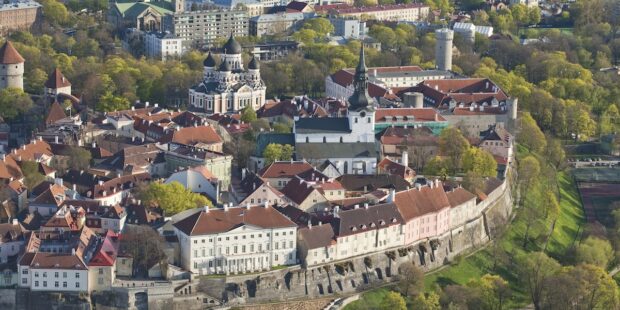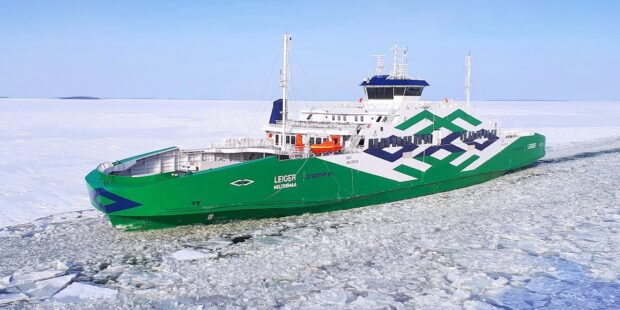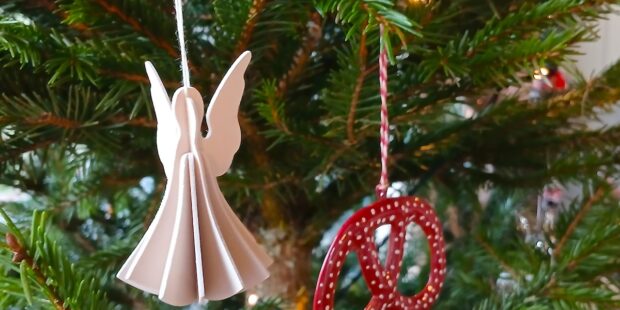Narva: Where history and art are intertwined
Text Mark Taylor Photos Andrei Chertkov, NART, Station Narva, Mark Taylor
 Inside Narva Castle courtyard.
Inside Narva Castle courtyard.
Narva Castle is the historic heart of the city and the place that is likely to be top of your list of things to do when visiting Narva. The castle saw major renovations in 2019-20, opening up the eastern wing of the castle for the first time, and making the castle more accessible with ramps and lifts.
“There have been many changes, so even people who were here quite recently, when they come here they cannot even recognise it”, exclaimed castle guide Elena Shuvalova.
The renovations also brought a new permanent exposition, as well as temporary exhibitions. One of which shows costumes and props from the popular Melchior the Apothecary movies, which was partly filmed inside the castle.
The castle has seen many occupiers over the centuries, from Danes to Teutonic Knights, and Swedes to Russians – all of whom have played a role in the story of the castle and the city’s ups and downs. And, now you have the possibility to count yourself as one of them, “we have an apartment where tourists can stay in the castle,” added Shuvalova.
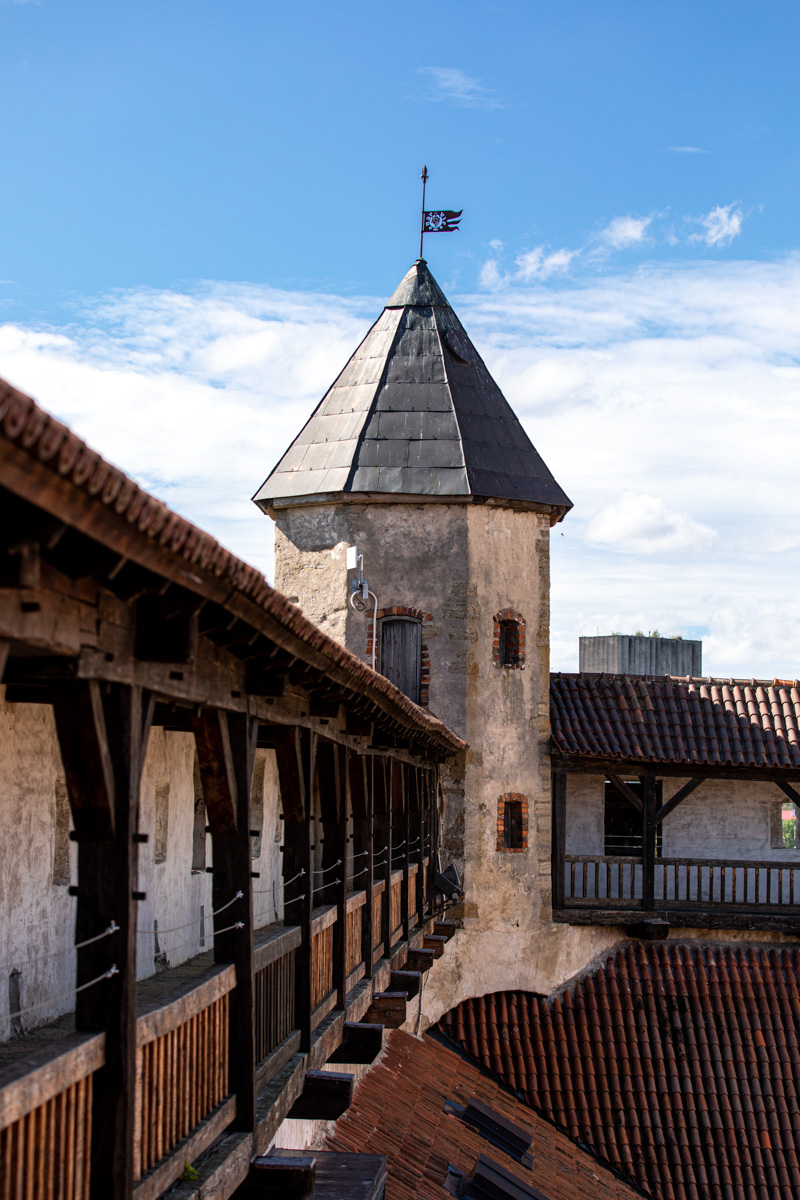
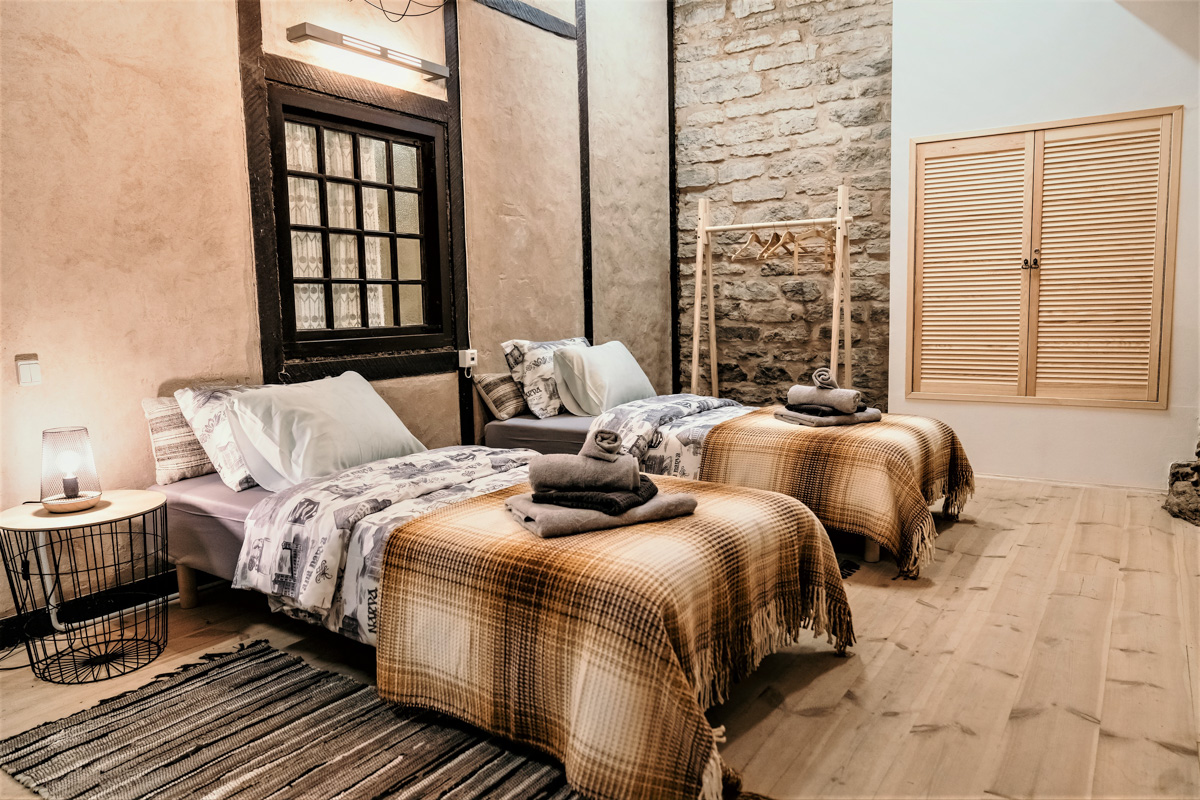

Ten minutes walk north of the castle is Narva Art Gallery. In the permanent exhibition ‘Life or Karma’ the rich art history of the city and its people is visible in full view. Many of these works show the beautiful baroque city, which was sadly destroyed during World War II.
The gallery also has two temporary exhibition spaces, one of which highlights local artists, and the other the newly opened “Image of a Woman” exhibition, which is dedicated to the representation of women in European art from the 18th to 21st centuries.

Although the baroque city built by the Swedes no longer exists, seven majestic bastions still remain. The biggest and most important of these, the Victoria Bastion, which you can go in and explore. The bastion is also located on the beautifully renovated promenade that runs along the river bank, where numerous parks, bars and café are also located.
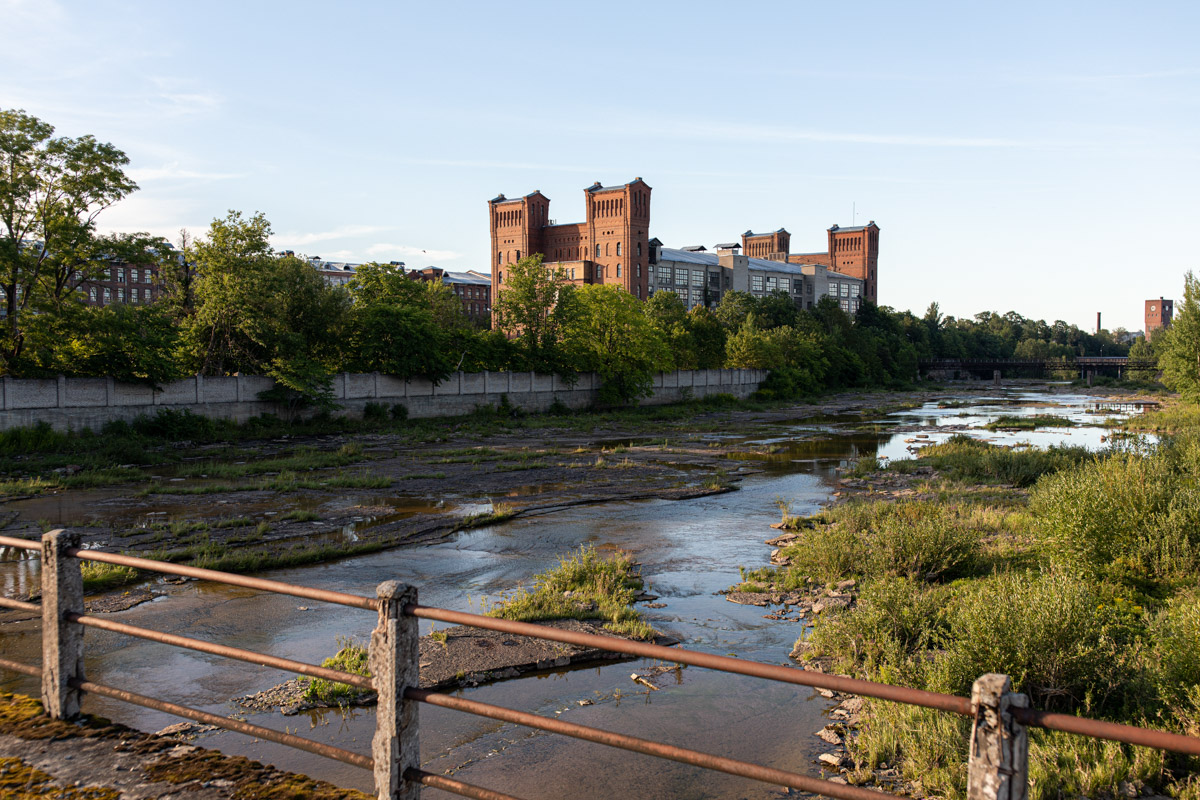
Whereas the history of the city is indelibly linked to the castle, its modern history revolves around the majestic Kreenholm Factory in the south of the city. The giant textile factory, which employed over 10,000 people at its peak in the last century was once the biggest cotton mill in the world.
During the Soviet times, the factory attracted some of the best artists from all over the union, with nearly 100 designers working in the factory at some points. These artists brought a kind of artistic renaissance to the city that still resonates today, despite the factory closing in 2010. Kreenholm, is also the home of the Station Narva music and culture festival held each September in the city.
Today, tours are available around the factory complex every Sunday from April to October.

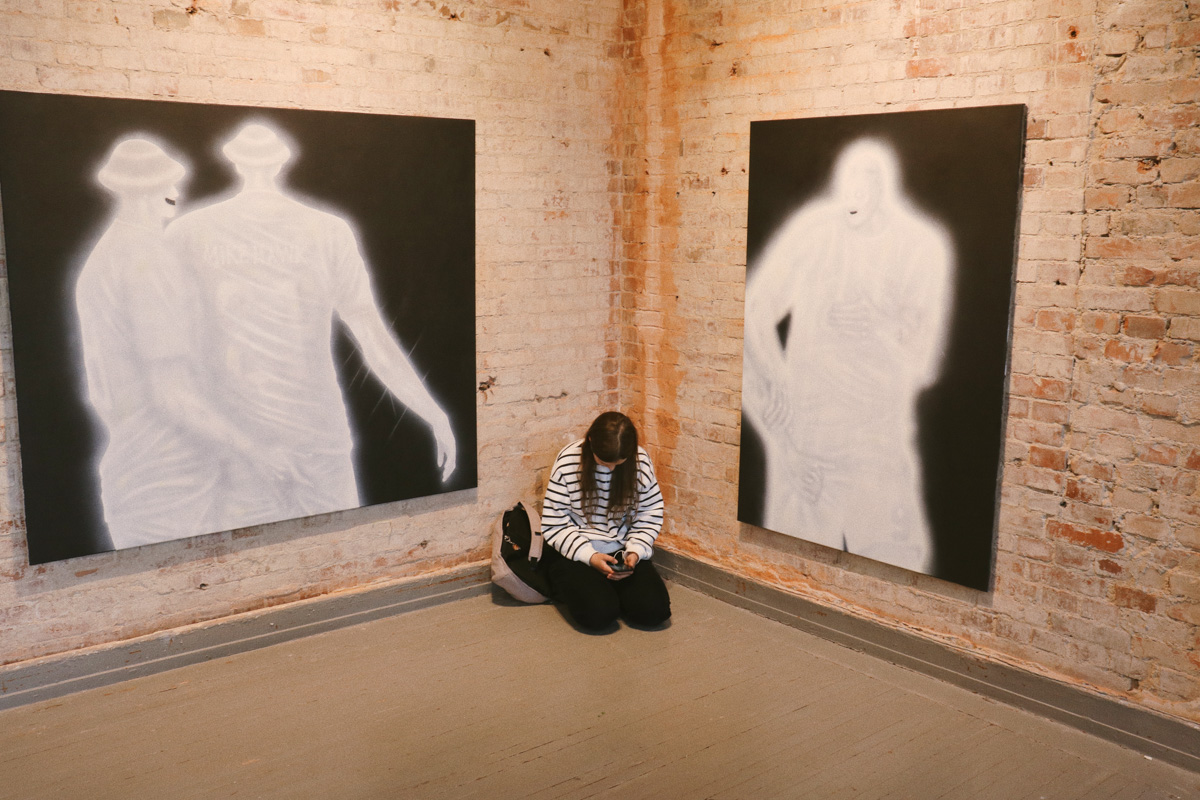
In the former director’s residence and cultural centre of Krenholm Factory, you will find the Narva Art Residency (NART). The building, which contains a small cinema, was also home to many activities for children of workers of the factory during soviet times, something visitors often share today.
“A lot of people who come now for our exhibitions say I used to come here as a child to watch movies, go for art classes, dance classes,” explained Johanna Rannula, Director of Narva Art Residency.
Today, Narva Art Residency, which opened in 2015, is home to three artists in residence at any one time, each who stay for about a month. Making the building a buzz with exhibitions and events, and providing a programme with multiple events each week.
The history of the art residency and the artists of the factory are also intertwined. “Our first resident in 2015 or 2016 was a daughter of one the Krenholm artist’s”, said Rannula.

Not far away from NART, you will find the area of Kulgu, which is known more affectionately as Narva Venice. The distinctive area with canals and garages, near the Narva reservoir, has long been somewhere where people meet not just to fish, but to party, take a sauna and even live. This summer, NART sent its first residents to Narva Venice, bringing artists and residents of the unique area together for the first time.
For more information on the attractions:
Places to Eat and Drink:
- Restaurant Rondeel, Peterburi mnt 2, Narva
- Café Bublik, Aleksander Puškini 13, Narva
- Café Muna, Raekoja plats 2, Narva
- Ro-Ro bar and art club, Jõe 3, Narva
- Restaurant Narva Pärl, Hariduse 5c, Narva
Places to Stay
- Hotel Inger, Aleksander Puškini tänav 28, Narva
- Narva Castle Rooms, Peterburi mnt 2, Narva
- Europe Guesthouse, Roheline tänav 8, Narva
- Noorus Spa Hotel, Lydia Koidula tänav 19d, Narva-Jõesuu
- Meresuu Spa and Hotel, Aia tänav 48a, Narva-Jõesuu
To learn more about this and similar topicsHistory Kreenholm Narva Narva Art Museum Narva Art Residency Narva Castle Narva Promenade Victoria Bastion

